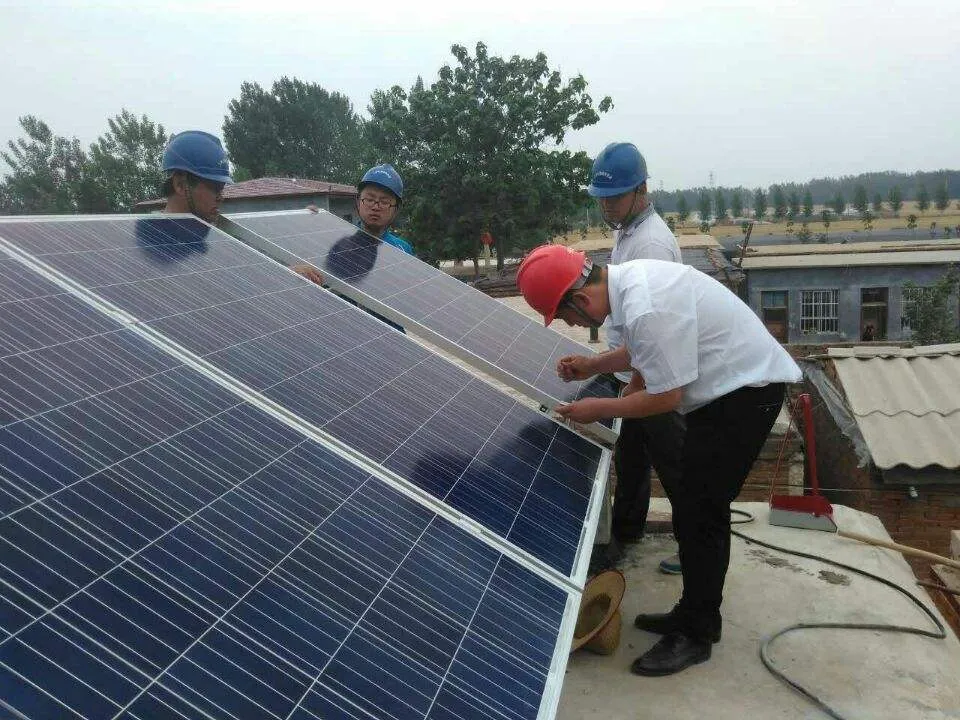hybrid inverter settings
Understanding Hybrid Inverter Settings A Comprehensive Guide
In recent years, the demand for renewable energy sources has surged, leading to the increasing popularity of hybrid inverters. These devices are pivotal in managing energy from multiple sources, such as solar panels, the grid, and battery storage systems. Understanding hybrid inverter settings is essential for optimized performance, energy efficiency, and reliability in home and commercial energy systems.
What is a Hybrid Inverter?
A hybrid inverter combines the functions of a traditional inverter and a battery inverter. It converts the direct current (DC) from solar panels into alternating current (AC) for use in your home or business while simultaneously managing the energy flow to and from battery storage systems. This dual functionality allows for efficient energy management, enabling users to leverage solar energy, store excess energy for later use, and even draw from the grid when necessary.
Importance of Proper Settings
The performance of a hybrid inverter largely depends on its configuration. Correctly setting up your inverter can lead to significant benefits, such as increased energy savings, reduced electricity bills, and enhanced system longevity. Here are some critical settings to consider
1. Battery Settings The configuration of battery settings is crucial. Users should specify the type of battery technology (such as lithium-ion or lead-acid), charge and discharge limits, and battery state of charge (SOC) parameters. These settings help protect the battery from overcharging and deep discharging, which can significantly improve its life span.
hybrid inverter settings

2. Grid Interaction Hybrid inverters can interact with the electricity grid, allowing for net metering options. Users should understand how to configure grid parameters such as export limits, grid assistance, and time-of-use settings. These configurations help optimize energy use based on time-of-day pricing, potentially saving money on electricity costs.
3. Load Management Effective load management settings enable users to prioritize which appliances or systems receive power from the inverter. This can involve setting specific loads to be powered during peak solar production hours, ensuring essential devices remain operational, even when battery power is low.
4. Monitoring and Alerts Most hybrid inverters come with monitoring features that allow users to track performance and identify any issues. Setting up alerts for performance dips or failures can help in timely maintenance, ensuring that the system operates optimally.
5. Firmware Updates Regularly updating the inverter's firmware is critical for performance improvements and security. Ensure that the settings allow for automatic updates when connected to the internet, or periodically check for available updates manually.
Conclusion
In summary, understanding and optimizing hybrid inverter settings is key to maximizing the effectiveness of your renewable energy system. By carefully configuring battery settings, grid interactions, load management, monitoring capabilities, and keeping the firmware updated, users can harness the full potential of their hybrid inverter, leading to greater energy efficiency and substantial cost savings. With careful attention to these details, you can contribute to a more sustainable energy future while enjoying the benefits of modern technology.
-
Unlocking Energy Freedom with the Off Grid Solar InverterNewsJun.06,2025
-
Unlock More Solar Power with a High-Efficiency Bifacial Solar PanelNewsJun.06,2025
-
Power Your Future with High-Efficiency Monocrystalline Solar PanelsNewsJun.06,2025
-
Next-Gen Solar Power Starts with Micro Solar InvertersNewsJun.06,2025
-
Harnessing Peak Efficiency with the On Grid Solar InverterNewsJun.06,2025
-
Discover Unmatched Efficiency with the Latest String Solar InverterNewsJun.06,2025







